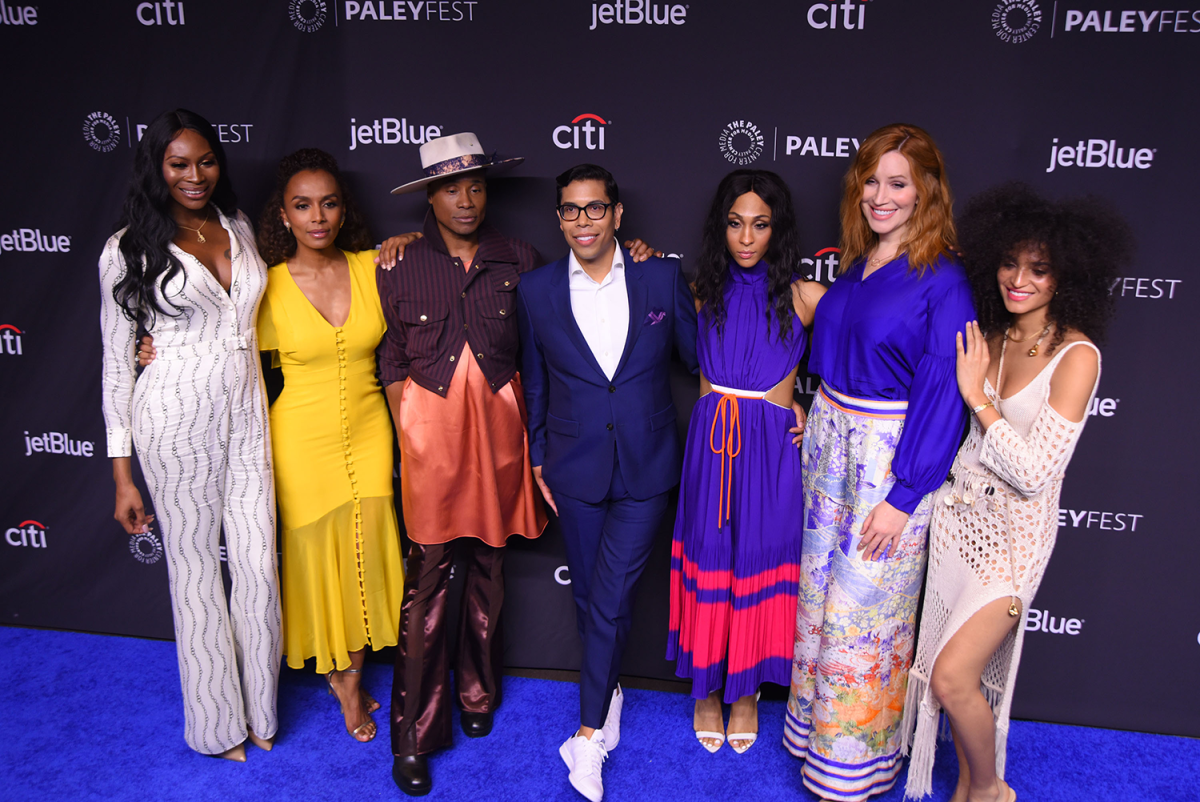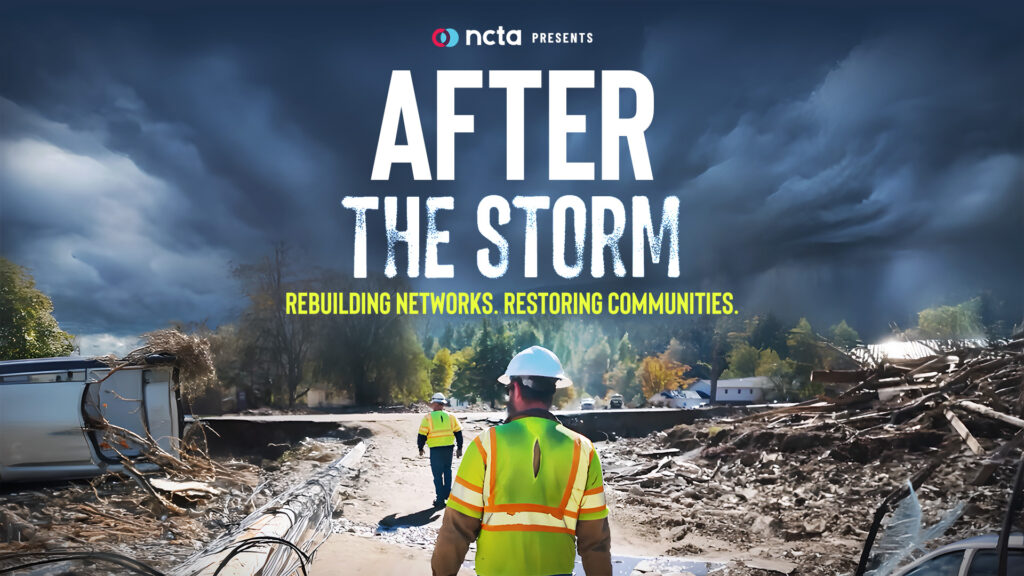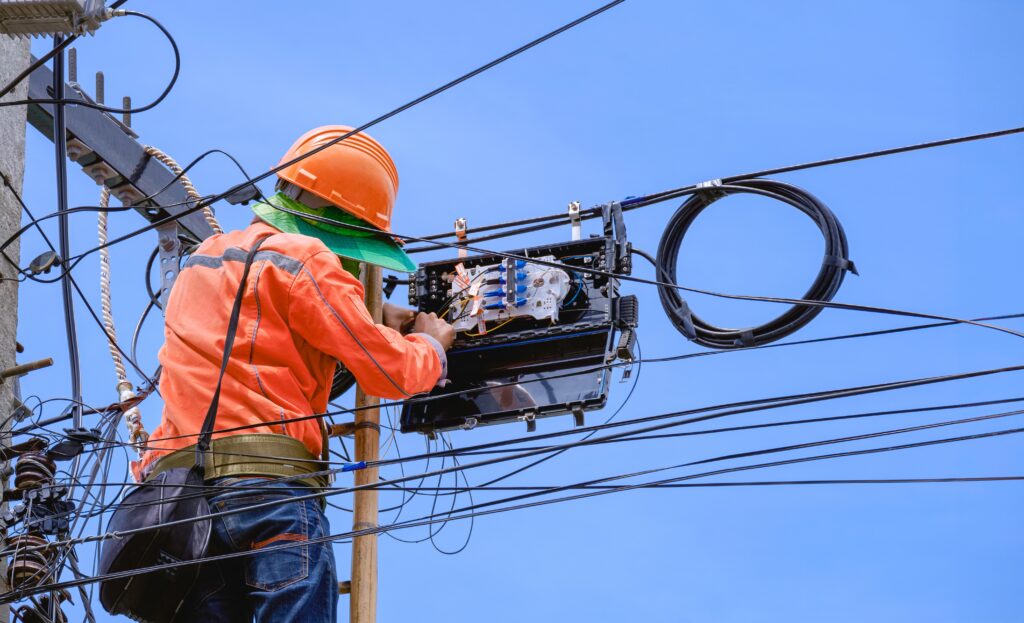In 2018, FX premiered its newest show from acclaimed showrunner Ryan Murphy. “Pose” made headlines, after all it told the story of transgender and queer people building community in 1980s New York, which was a major breakthrough for queer storytelling on TV. But it also made history for the fact that record numbers of trans identifying people were the writers, producers, and stars of the program. Until that point, most projects cast cisgender (a person who identifies with the gender assigned to them at birth) actors to play trans roles, and often focused on tragedy. “Pose,” by comparison, told the story of the resilient joy that queer communities create for themselves, and did so by tapping into the real-life experiences of its cast and crew. This Trans week of visibility is a great opportunity to reflect on the sea-change that has occurred within the media industry over a short period of time.
In the 2020-2021 “Where We Are On TV” report, GLAAD researchers found there were 10 trans characters on scripted TV shows who were series regulars on cable programming. That’s more than the nine found on streaming, and is tied with the ten on broadcast, according to the report. That’s a huge increase from only a few years ago, when Trans characters were very rarely given main storylines, and when they were it was often for one-off episodes.
The GLAAD report also found that a handful of popular showrunners are responsible for a bulk of the queer diversity on screen. The findings are encouraging, since showrunners like Ryan Murphy and Shonda Rhimes are huge influences on the industry and are leading by example. For instance, Murphy has worked with some of the trans actors from “Pose” in other projects. The tenth and most recent season of Murphy’s “American Horror Story” on FX features trans actress and “Pose” alum Angelica Ross in a roll that this time has nothing to do with her gender identity. This kind of progress is a vital part of Trans representation on screen, because while the Trans experience must be shown, progress also means casting trans actors without pigeonholing them and making sure to give them the same consideration a cisgender actor would receive.
Some other stellar projects that do justice to the Trans experience are Showtime’s “The L Word: Generation Q,” HBO’s “We Are Who We Are,” and TLC’s “I am Jazz.” Many other programs are exploring characters and storylines that, while not explicitly trans in narrative, do focus on gender identity, expression, and fluidity. A great example, as previously covered, is Disney’s “Muppet Babies” which, during the summer of 2021, aired a story called “Gonzo-Rella” about how the Muppet character Gonzo wants to wear a princess dress to the royal ball, but doesn’t think he’s allowed to because he is a boy. Gonzo then decides to attend the ball in the dress, but while also wearing a disguise. While at the ball, the attendees marvel at how pretty the mysterious princess is and give praise and compliments. When it is revealed that “Gonzo-Rella” is their old friend Gonzo in disguise, the characters embrace and support Gonzo’s happiness. For a storyline like this to appear on a kid’s show like “Muppet Babies” would have been unthinkable a decade ago, but thanks to the leadership and vision of these media giants, things are changing for the better.
As this Trans week of visibility comes to a close, it is important to reflect on how things have changed for the better as well as how things could improve. Recent years have seen a boon of Trans and other queer characters on TV in meaningful ways, and moving forward many hope to see that continue to increase and evolve. Time will tell, but cable TV networks remain prepared and ready to bring life to the next powerful stories, whatever they might be.









